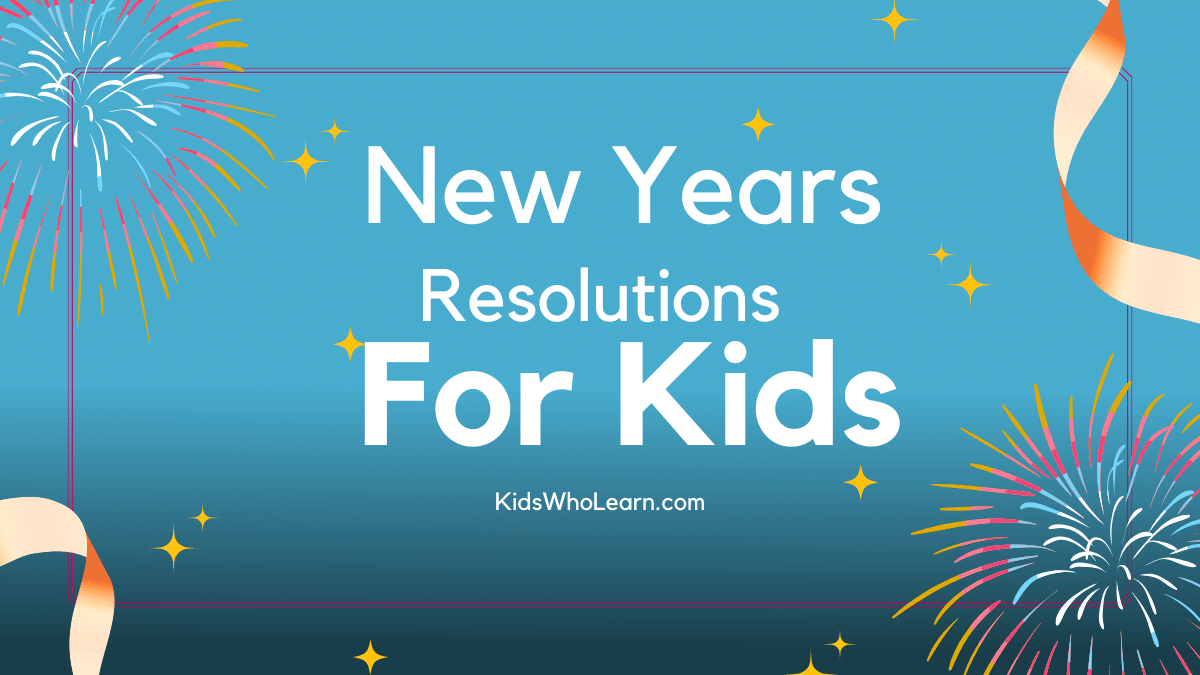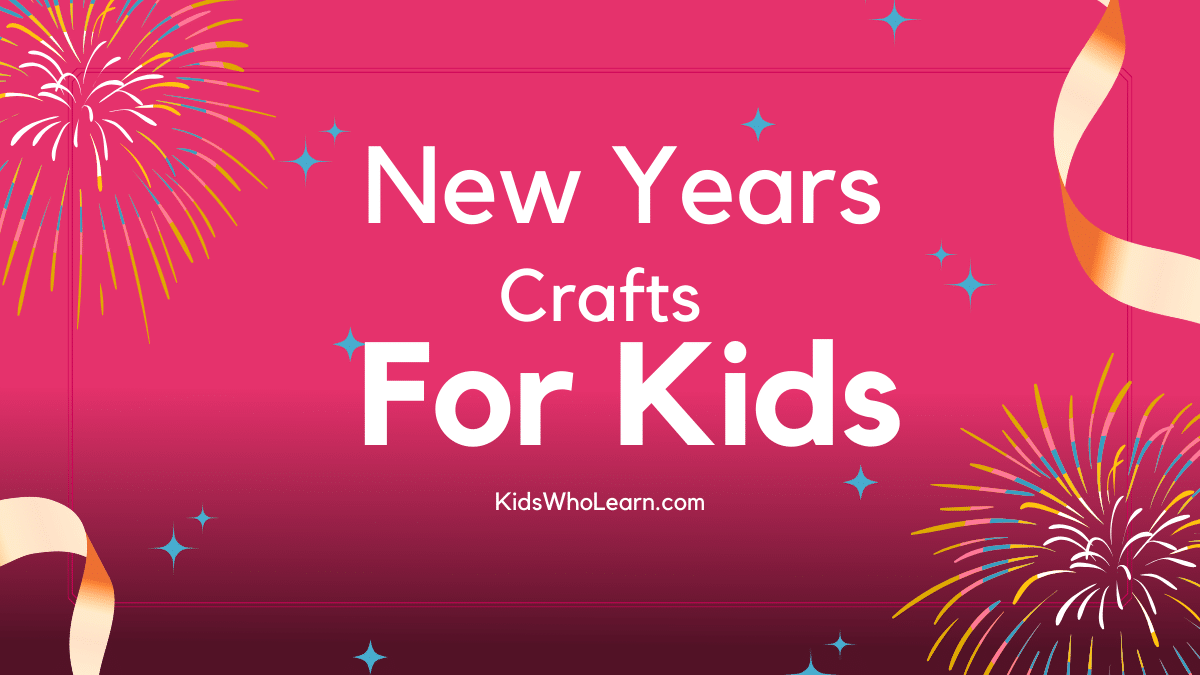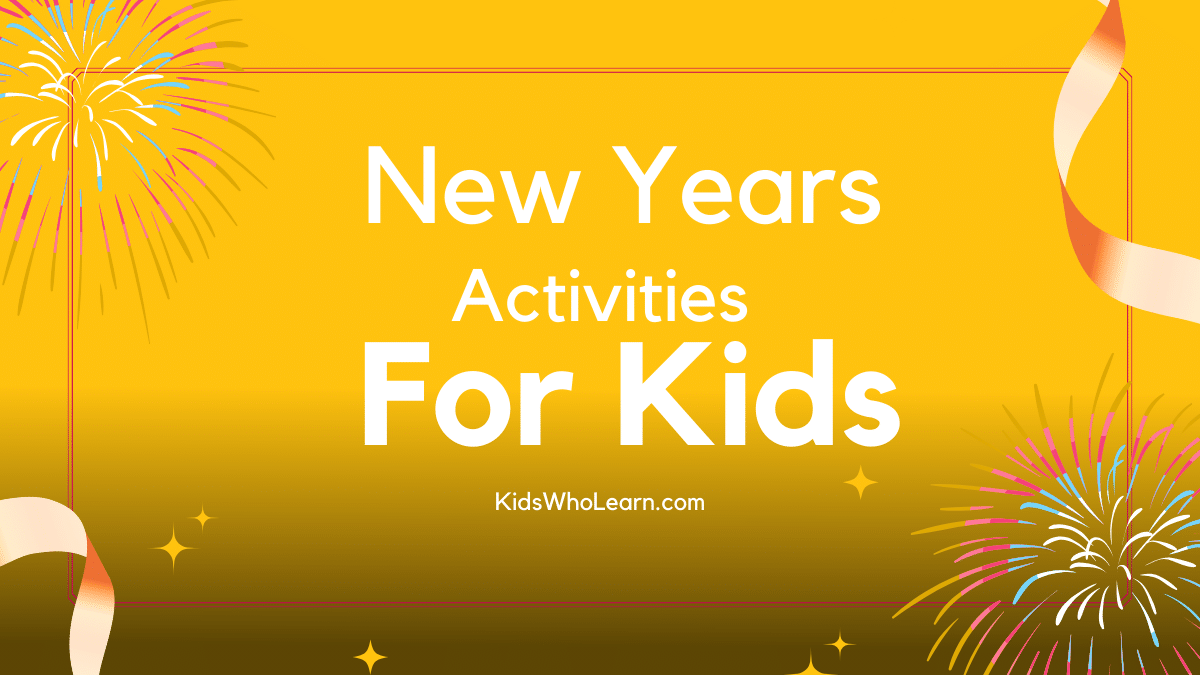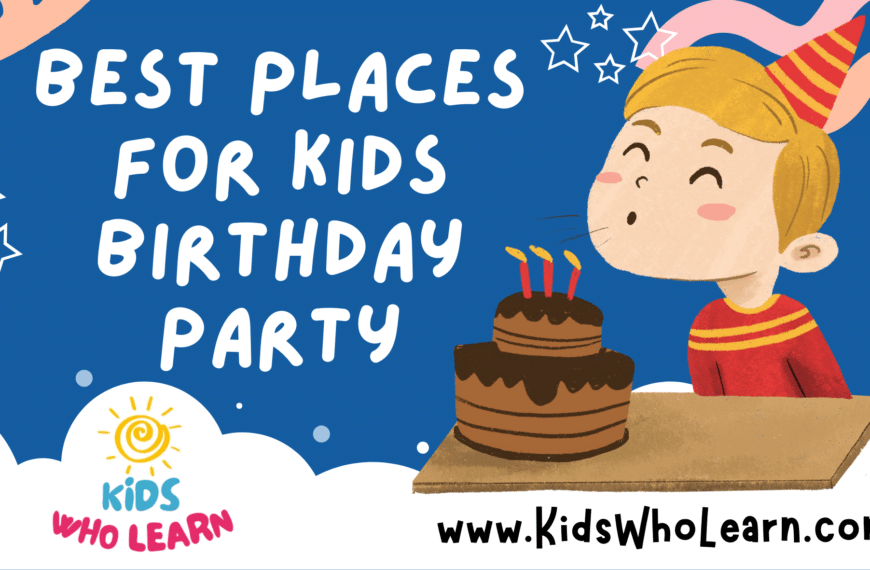As the year draws to a close, families often reflect on the past months and set intentions for the future. It’s a time when children can learn the value of setting goals and developing habits that contribute to their growth and happiness. Encouraging kids to participate in making New Year’s resolutions can teach them about self-discipline and the importance of setting and working towards personal objectives.
Introducing New Year’s resolutions to children requires a thoughtful approach. It’s important to guide them towards choosing goals that are not only appropriate for their age but also attainable. This process provides an opportunity to discuss what resolutions are and why they matter. By setting their own resolutions, children as young as three or four can begin to understand the concept of aiming for positive change.
Key Takeaways
- Introducing goal-setting to kids can instill valuable life skills.
- Resolutions should be age-appropriate and achievable for children.
- Discussing and setting resolutions together strengthens understanding and commitment.
Understanding New Year’s Resolutions
As we approach the new year, it’s important for us to help kids appreciate the value of setting and striving towards personal goals. We’ll explore how resolutions can serve as beneficial tools for personal growth and development.
The Purpose of Resolutions
Resolutions are promises we make to ourselves to improve specific areas of our lives. For kids, these can vary from improving behaviors to learning new skills. Here’s why we set resolutions:
- Self-Improvement: We encourage kids to develop themselves in various aspects of their life, such as academic, social, and personal.
- Motivation: Clear resolutions provide kids with defined targets to aim for, boosting their drive to achieve.
- Accountability: When kids make resolutions, they take responsibility for their actions and decisions, which is an integral part of growing up.
Benefits of Setting Goals for Kids
Having concrete goals can greatly benefit children in several ways:
- Skill Development: Goals often require kids to learn and practice new skills, contributing to their cognitive and emotional development.
- Resilience: Working towards goals helps kids navigate challenges and setbacks, fostering resilience.
- Self-Esteem: Achieving goals can boost their confidence, as kids see tangible results from their efforts.
By setting goals and resolutions, we teach kids the importance of aiming for personal improvement and the satisfaction that comes from achieving their objectives.
Setting Achievable Goals
We often set resolutions with great intentions, but they need to be achievable, especially for kids. The goals should be tailored to a child’s age and guided by the SMART framework for clarity and attainability.
Age-Appropriate Resolutions
It’s essential that we set age-appropriate resolutions for children to ensure that they are both enjoyable and feasible. Younger children, for example, can work on simple habits such as putting toys away, while older kids can take on more complex tasks like learning a new instrument. Here are specific examples by age group:
- Ages 3-5: Learn to brush teeth, pick up toys, or make the bed.
- Ages 6-9: Read a certain number of books, join a sports team, or help with household chores.
- Ages 10-13: Complete homework on time, learn a new language or instrument, or develop a new hobby.
SMART Goals for Kids
To help kids set and attain their resolutions, implementing SMART goals provides a clear path to success. SMART stands for Specific, Measurable, Achievable, Relevant, and Time-bound. Here’s how we can adapt it for kids:
- Specific: Choose a clear, defined goal, such as reading 10 pages each day.
- Measurable: Make sure the goal can be tracked, like marking days on a calendar.
- Achievable: Ensure the goal is within reach for their age and development.
- Relevant: Align the goal with the child’s interests—this increases engagement.
- Time-bound: Set a time frame for completion, such as one or two months for short-term goals.
Using this structure, we can help children create resolutions that are not only fun but also lay the groundwork for lifelong goal-setting habits.
Category Ideas for Resolutions
When we establish New Year’s resolutions for kids, it’s best to categorize goals to structure their development holistically. Here are comprehensive categories that can encompass various aspects of a child’s growth.
Educational Objectives
For building a solid knowledge base, we can prioritize:
- Reading Goals: Set a target number of books per month.
- Math Proficiency: Practice new math concepts weekly.
Health and Fitness
Physical well-being is crucial, so we consider:
- Exercise Routine: Incorporate 30 minutes of daily physical activity.
- Healthy Eating: Introduce one new fruit and vegetable each week.
Social Skills and Relationships
Fostering social development is essential, therefore, we focus on:
- Teamwork: Join a group activity or sport.
- Kindness Acts: Perform a weekly act of kindness.
Creative and Cultural Activities
To enhance creativity and cultural understanding, we encourage:
- Art Projects: Complete one art project every month.
- Cultural Exploration: Learn about a new culture every two months.
Personal Growth and Mindfulness
Promoting emotional wellbeing, we aim to:
- Gratitude Journaling: Write three things they’re thankful for each night.
- Mindfulness Practice: Spend 10 minutes on mindfulness exercises daily.
Implementing Resolutions
As we guide children through creating and sticking to their New Year’s resolutions, it’s crucial we focus on three aspects: parental involvement, tracking progress, and the flexibility to adjust goals as the year progresses.
Parental Involvement
We know the support of a parent or guardian greatly increases the likelihood of a child achieving their resolution. We provide encouragement by setting a positive example and participating alongside them. For instance:
- Read Together: If a child’s resolution is to read more, establish a joint reading schedule.
- Active Engagement: Participate in physical activities like cycling or swimming if they aim to be more active.
Tracking Progress
For children, seeing evidence of their improvement is rewarding and motivates them to keep going. We use simple, kid-friendly methods to make tracking fun and visual:
- Charts: Create colorful progress charts that they can fill in or add stickers to.
- Milestones: Break down resolutions into achievable milestones and celebrate each one.
Adjusting Goals Throughout the Year
We understand the importance of flexibility in pursuit of resolutions. We need to be ready to tweak goals when:
- New Interests Emerge: A child may discover a new passion that shifts their focus.
- Challenges Arise: If a goal becomes too difficult, it’s okay to alter it to keep it achievable.
Encouraging Persistence
Persistence is a crucial skill we aim to instill in kids as they work towards their New Year’s resolutions. We focus on overcoming obstacles and celebrating progress to cultivate determination.
Dealing with Setbacks
When kids encounter setbacks, it’s our responsibility to teach them resilience. We emphasize two main strategies:
- Problem-solving: We encourage kids to see setbacks not as failures, but as opportunities to learn and grow. For instance, if a child struggles with a particular skill, we suggest breaking the skill down into smaller, more manageable tasks.
- Positive Reinforcement: Praise efforts, not just outcomes. “You worked really hard on that math problem!” instead of “You got it right!”
By implementing these approaches, we equip children with the mindset to navigate challenges effectively.
Rewarding Achievements
Acknowledging achievements is vital for maintaining enthusiasm and persistence. We follow a balanced reward system:
- Immediate Rewards: Simple words of encouragement or stickers can be effective.
- Example: “Great job, you read for 15 minutes without getting distracted!”
- Long-term Incentives: These include milestones that are tied to cumulative effort.
- Example: A chart that tracks weekly reading time, leading to a book of their choice after a month.
We find this method keeps children motivated and focused on persistent efforts towards their goals.
Examples of Kid-Friendly Resolutions
Setting resolutions can be a fun and empowering process for children as it teaches them to set goals and work toward achieving them. It’s important to choose resolutions that are age-appropriate to ensure they are engaging and achievable.
Resolutions for Younger Children
- Develop Fine Motor Skills:
- Practicing tying shoelaces
- Learning to use scissors safely
- Improve Social Skills:
- Sharing toys during playtime
- Saying “please” and “thank you”
- Establish Healthy Habits:
- Brushing teeth twice a day
- Eating a piece of fruit daily
- Cultivate Responsibility:
- Making the bed every morning
- Feeding a pet with supervision
Resolutions for Older Kids
- Academic Goals:
- Reading a new book each month
- Completing homework before playing
- Personal Skills:
- Learning to cook basic meals
- Managing a modest weekly allowance
- Physical Activity:
- Joining a sports team or club
- Biking or walking to school regularly
- Community Engagement:
- Volunteering at local community centers
- Participating in a neighborhood clean-up initiative
By selecting resolutions that resonate with their interests and abilities, younger and older children alike can learn the value of setting and working toward individual goals.
Frequently Asked Questions
Identifying suitable New Year’s resolutions can help children and teens grow, develop positive habits, and enhance their educational experiences. We outline some common questions and provide specific suggestions for each age group.
What are suitable New Year’s resolutions for high school students to foster personal growth?
For high school students, personal growth can be nurtured by setting resolutions to develop new skills, such as learning a foreign language or a musical instrument, or improving upon existing ones, like enhancing writing or public speaking abilities. They might also aim to build better study habits, increase physical activity, or volunteer regularly to foster a sense of social responsibility.
What type of New Year’s resolutions can inspire positive habits in middle schoolers?
Middle schoolers benefit from resolutions that encourage organization, time management, and a healthy lifestyle. This could include maintaining a planner, dedicating specific hours for homework, involving themselves in a sport, or choosing to incorporate more fruits and vegetables into their meals.
How can families work together to set meaningful New Year’s resolutions?
Families can collaborate on resolutions, such as organizing weekly family outings, committing to volunteer as a group, or setting collective reading times. These shared goals strengthen family bonds and provide mutual support for individual commitments.
What goals can elementary students aim for as New Year’s resolutions to enhance their learning experience?
Elementary students can focus on goals that enhance their curiosity and learning, like reading a set number of books, mastering a list of spelling words, practicing math skills through games, or exploring a new interest with weekly library visits.
How can preschoolers engage with the concept of New Year’s resolutions in an age-appropriate way?
Preschoolers can be introduced to simple and tangible resolutions, such as tidying up toys after play, saying ‘please’ and ‘thank you’, or learning to dress themselves. These goals are easy to understand and help instill basic responsibility and social skills.
Why is it beneficial for children to set and work towards New Year’s resolutions?
Setting New Year’s resolutions allows children to develop goal-setting habits and perseverance. Achieving these goals can boost self-esteem and provide a sense of accomplishment, laying a strong foundation for adult life in setting and pursuing personal objectives.









